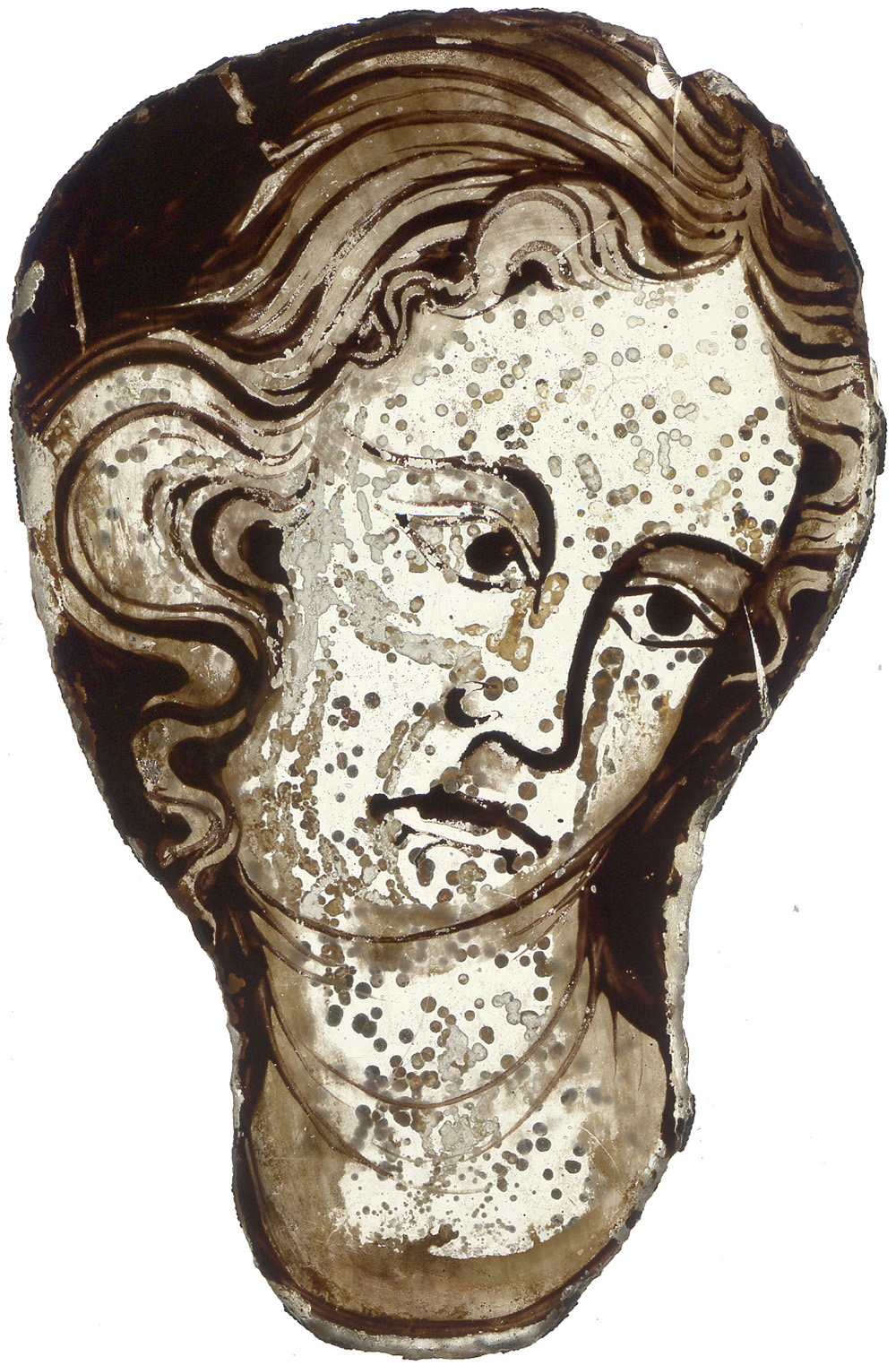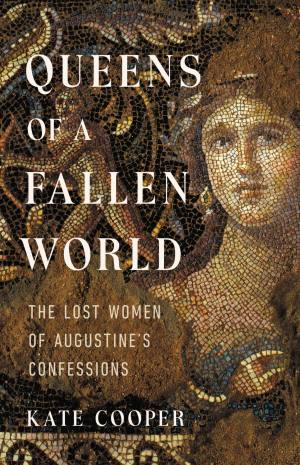
Head of a Young Woman, North France, fourteenth century. The Metropolitan Museum of Art, gift of John L. Feldman, 1994.
Each year, the Cundill History Prize celebrates the best history writing in English. Lapham’s Quarterly invited the finalists for the 2023 Cundill History Prize to share their favorite works of history—the books that sparked their lifelong interest in the past and to which they return for inspiration and enjoyment.
Today’s reading list comes from Kate Cooper, author of Queens of a Fallen World: The Lost Women of Augustine’s Confessions, out now from Basic Books.
I grew up in an urban neighborhood near the campus of a Jesuit university. We had not one but two lovely independent bookshops: one for novels and art books, the other well stocked in history and theology. I don’t remember exactly when I graduated from spending mornings in the public library (Pippi Longstocking! Norse Gods and Giants!) to joining my parents on their after-dinner stroll to one or the other bookshop, but most of what shaped me as a writer and historian came from browsing those shelves.
In those days, it still felt surprising that so much could be known about the history of ancient women. Suddenly, it became clear that the reason so few books had addressed the subject was not a lack of evidence; instead, the problem was simply that an older generation of historians and publishers had seen the subject as unimportant. Two landmark finds of that vintage—both still well worth reading—are Sarah Pomeroy’s 1975 study, Goddesses, Whores, Wives, and Slaves: Women in Classical Antiquity and Mary Lefkowitz and Maureen Fant’s marvelous 1977 sourcebook, Women’s Life in Ancient Greece and Rome.
After I went away to university, the bookshop evening became a ritual of visits home. Even to someone who was now a frequenter of university libraries, there remained a special pleasure in the kind of sociable browsing you can only do in a good bookshop: picking books up and inspecting them together, or one of us showing the other something we’d read or heard about. By then, there was only one bookshop in the neighborhood, but it remained a garden of delights.
The three books I’ve chosen are from the 1980s, a time when a new approach to women, the household, and family life was flourishing. Each study is set in a different society: early Byzantium in one case, medieval Tuscany in another, and the antebellum South in the third. Each gave a glimmer of what history-writing could become, now that women and their families had begun to take center stage, and taught me something about the importance of the imagination in the best history-writing.
Theodosian Empresses: Women and Imperial Dominion in Late Antiquity, by Kenneth G. Holum
I still remember the moment I first pulled Ken Holum’s 1982 book Theodosian Empresses from the shelf to find a fierce fourth-century matriarch staring out from its cover. The book was a revelation to me. By piecing together fragmentary sources—and unfolding the social meaning of coins, sculpture, jewelry, and the decorative arts—Holum was able to reconstruct the lives of a group of early Byzantine empresses linked by kinship and dynastic ambition—powerful women who were legendary in their own era, then afterward all but forgotten.
Holy Feast, Holy Fast: The Religious Significance of Food to Medieval Women, by Caroline Walker Bynum
Drawing on saints’ lives and mystical writings from the thirteenth, fourteenth, and fifteenth centuries, Caroline Walker Bynum showed that even the most reticent and reclusive medieval women were sometimes people of extraordinary will. Her 1987 study reveals how girls and women often managed to claim agency through the rituals of the household, and how the immense importance in women’s lives of food and its preparation allowed them to find a special meaning in Christian piety—especially the Eucharist, with its concepts of the Body of Christ and the Last Supper.
Within the Plantation Household: Black and White Women of the Old South, by Elizabeth Fox-Genovese
The farthest from my own historical period, Fox-Genovese’s 1988 study of the tensions between women in antebellum households poured cold water on the idea that women might be somehow less cruel to one another simply because of their shared gender. Her clear-eyed approach to power relations between women helped me to make sense of the silences and self-deceptions in Roman sources, which often show free and enslaved women living and working together at close quarters. The confusing mix of intimacy, conflict, and betrayal is one of the most fascinating and disturbing themes I try to untangle in Queens of a Fallen World.
About the Cundill History Prize
The Cundill History Prize recognizes and rewards the best history writing in English. A prize of $75,000 is awarded annually to the book that embodies historical scholarship, originality, literary quality, and broad appeal. The two runners-up each receive $10,000. Administered by McGill University in Montreal and awarded by a distinguished jury, the Cundill History Prize honors the abiding passion for history of its founder, F. Peter Cundill, by encouraging informed public debate through the wider dissemination of history writing to new audiences around the world. Any historical period or subject is eligible, and translations into English are warmly welcomed. Books are accepted regardless of the nationality or place of residence of their authors.
